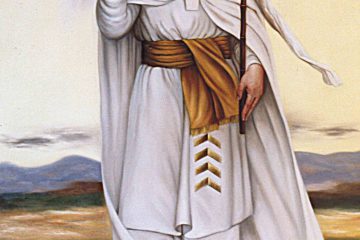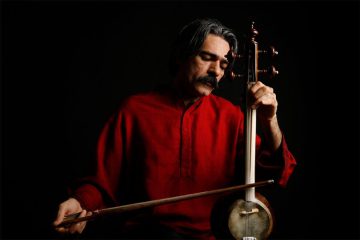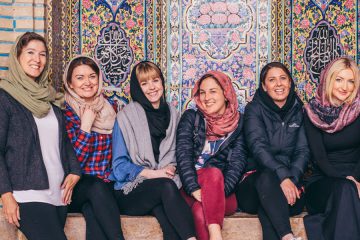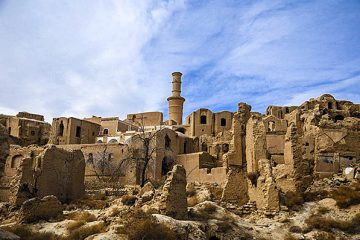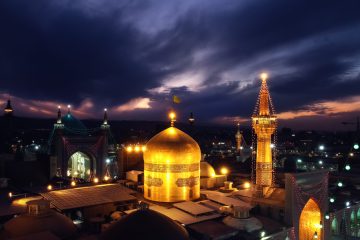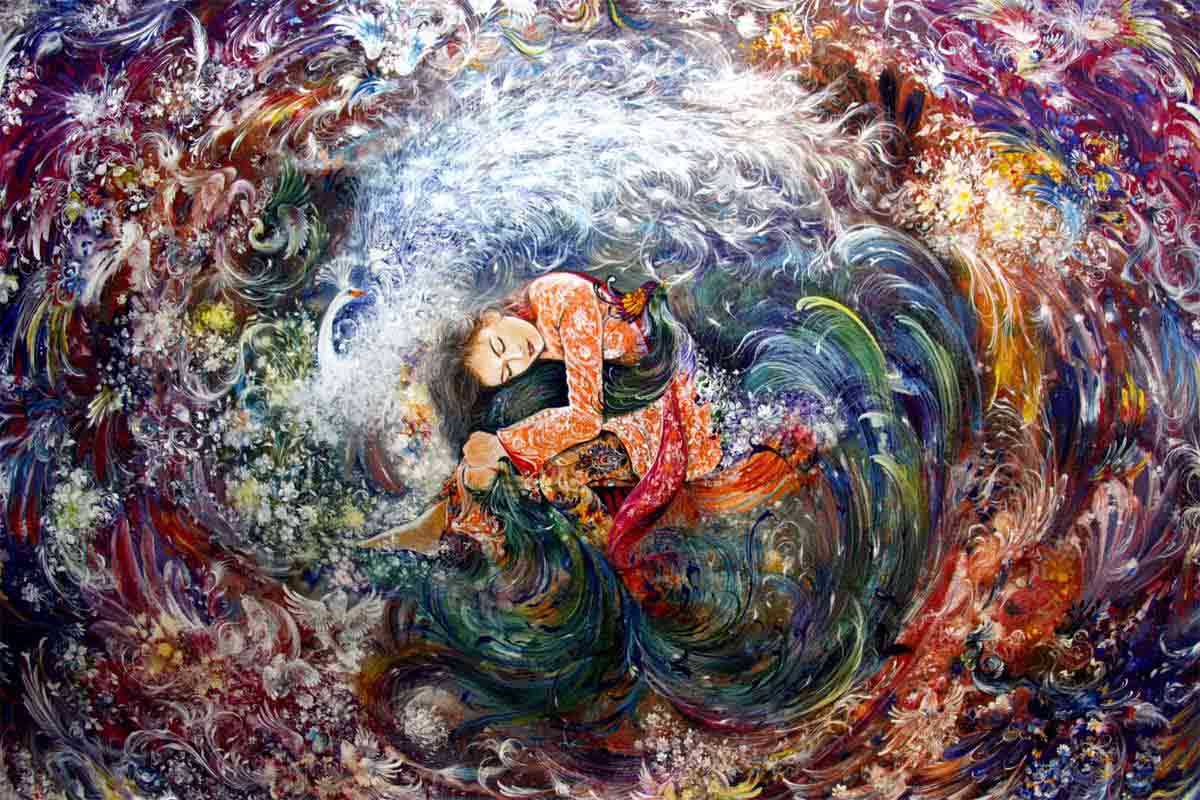
Fine and delicate like Miniature
When the Arabs invaded Iran and overthrew the Sassanids, miniature, like other arts, was fortunately not destroyed, but became less popular until the Saffarids in 861, Samanids in 892, Deylamids in 918 and finally when the Iranian monarchies took power again. Soon after, this art was considered important again and the miniature became widespread and prevalent. Once more Sassanid style miniature was used to decorate dishes, fabrics, books and monuments. There are priceless pieces of arts as well as skilled artists like Abu Nasr the painter and Abdol-Malek from Ghaznavid and Seljuk periods. The style, which they employed, was pure Iranian and similar to the miniatures of the Sassanid era lasting until the 13th and 14th centuries.
With the Mongols’ invasion in the 13th century, the style was gradually influenced by the Chinese and Mongolian style of miniature. In the 14th century, the kings and dignitaries paid much attention to miniature painting and illumination. Its growth or decline actually depended on the individual taste of the kings. Artisans and famous miniaturists were summoned to Samarqand after Tamerlane’s invasion and were patronized by Shahrokh and other successors of Tamerlane in Khorasan as well as other cities.
Miniature continued its progress until the Safavid era, and was transferred from Herat (Khorasan) to Tabriz, Qazvin and Esfahan (Safavid capitals) where it reached its zenith of innovation. When Shah Esmaeil (1500-1523) took domination over Khorasan, artists and craftsmen migrated to his capital Tabriz, and then by appointing Behzad the painter to be head of royal library (which was like today’s art school) he actually promoted the development of miniatures. Behzad, his scholars and apprentices abrogated the then common Tabriz style and created a new style in miniatures. Behzad brought the Chinese style and nature of his time. Most of the famous master miniaturists of the time, appreciated the style he had achieved. This style flourished for 80 years and created masterpieces in this field. Shah Tahmasb, Shah Esmaeil’s successor who ruled over Iran until 1576, who was a skillful miniaturist himself, had an important role in the development of this art. The most common theme in the Safavid miniature was the royal and noble class life-style, beautiful gardens and palaces, as well as hunting and war scenes. In this miniature style, excessive delicacy, harmony and a great variety of illuminated and vivid colour combinations in great blends were applied. Art masters and artisans all around the kingdom followed the royal miniaturists and painters in Tabriz and Qazvin, except for slight specific differences for geographic, climate and ethnological distinctions. By the empowerment of Shah Abbas the Great (1587-1628) and the appointing of Esfahan as his capital, artists once again migrated to the new Safavid capital and Esfahan became the heart of their art and knowledge. He enthusiastically patronized the miniaturists and they in return created their best works to ornament his palaces. With the appearance of Reza Abbasi and his apprentices, this art reached its peak. One of the changes in the miniatures of this era was reducing the number of people in paintings to one or two, compared with the sixteenth century when the whole scene was full of people. This artist changed the old style and tried to decorate the background with small trees, bushes and flowers. This style was eventually named “Reza Abbasi Style” or “Esfahan Style”.
Top 8 Ancient Ruins to Visit in Iran
During the Shah Abbas the second reign the Iranian style of miniature was influenced by the European style of painting and Safavid miniatures declined during Afsharid and Zand dynasties. Later and Zand School came to existence. The Qajarid School of painting aimed to be enchanting, dulcet and beautiful, whilst revealing the life-style of people and nature. One of the Qajarid’s most famous miniaturists, Mirza Abol Hasan Ghaffari (known as Sani ol-Molk), travelled to Florence and Rome. On his return he founded a new miniature school and tutored great masters like Kamal ol-Molk Ghaffari.
After the Qajarid dynasty, Esfahan once again became the cradle of miniatures in Iran and the artists returned to the Safavid style, which is still in use today. Nowadays, they paint on paper, camel bone and even ivory. They use porcupine spines for their paintbrush handles and hair from cats for the paintbrush bristles. Along with the Safavid style, there is a modern miniature style named after its founder, Maestro Mahmud Farshchian, which has attracted much attention and has a vast domain for creativity. Dots make the whole picture in miniature; the delicacy can be viewed better with a magnifying glass. Today, Esfahan is the best in Iran for miniatures and has nurtured many artists in this field.

